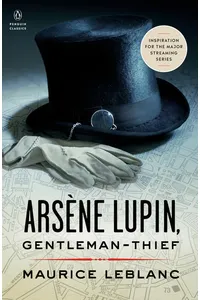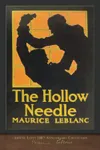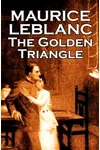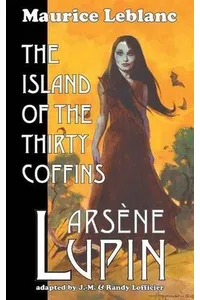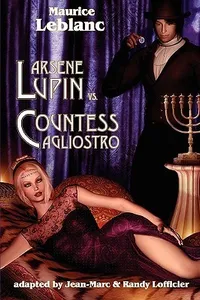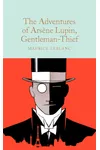Step into the dazzling world of Arsène Lupin, where a charming gentleman thief outwits the elite with flair and cunning! Created by Maurice Leblanc, this iconic French series blends mystery, adventure, and moral intrigue, following the exploits of a master burglar who steals hearts as easily as jewels. Lupin’s clever disguises and bold heists make every page a thrilling ride, captivating readers since 1905.
Unlike typical criminals, Lupin operates with a code, targeting the greedy and corrupt while sparing the innocent. His adventures, set against the backdrop of Belle Époque France, offer a playful yet thought-provoking exploration of justice and morality. Ready to meet the original anti-hero who inspired countless adaptations? Let’s dive in!
How Arsène Lupin Began
In 1905, Maurice Leblanc introduced Arsène Lupin in a short story for the magazine Je Sais Tout, inspired by the popularity of Sherlock Holmes and the era’s fascination with clever rogues. Leblanc, a journalist and novelist, crafted Lupin as a charismatic counterpoint to Holmes—a thief with a conscience, whose wit and charm made him a folk hero. The character’s instant success led to a sprawling series of novels, novellas, and short stories, cementing Lupin’s place in literary history.
The Heart of Arsène Lupin
The series boasts over 20 books, with standout titles shaping Lupin’s legacy. Arsène Lupin, Gentleman Burglar (1907) kicks off with short stories showcasing Lupin’s early heists, like outsmarting a baroness to steal her pearls. The Hollow Needle (1909) ups the stakes with a treasure hunt linked to French royalty, blending historical intrigue with Lupin’s daring. 813 (1910) dives into darker territory, with Lupin unraveling a global conspiracy while dodging a relentless detective. Finally, The Crystal Stopper (1912) sees Lupin wrestling with loyalty and betrayal as he protects a vulnerable ally.
Lupin’s world thrives on themes of duality—justice versus crime, wealth versus morality. His heists unfold in opulent chateaux, Parisian salons, and shadowy alleys, painted vividly by Leblanc’s elegant prose. The gentleman thief’s moral complexity sets him apart: he steals from the rich but often aids the downtrodden, challenging readers to question who the real villains are. This blend of adventure, romance, and ethical ambiguity keeps the series timeless.
Why Arsène Lupin Resonates
Arsène Lupin’s charm lies in his defiance of convention, making him a cultural icon for over a century. His influence spans detective fiction, inspiring characters like Japan’s Lupin III, and modern media, with Netflix’s Lupin series reintroducing him to global audiences. Fans adore his roguish charisma and the series’ playful tone, which balances thrills with humor. Lupin’s ability to reinvent himself—through disguises or moral dilemmas—mirrors our fascination with identity and rebellion, ensuring his enduring appeal.
About Arsène Lupin
- First published: 1905 in Je Sais Tout magazine.
- Total works: Over 20 novels, novellas, and short story collections.
- Setting: Belle Époque France, with occasional international adventures.
- Notable adaptations: Netflix’s Lupin (2021), anime Lupin III, and various films.
Ready for a literary adventure? Grab Arsène Lupin, Gentleman Burglar and plunge into a world of heists, disguises, and irresistible charm!

